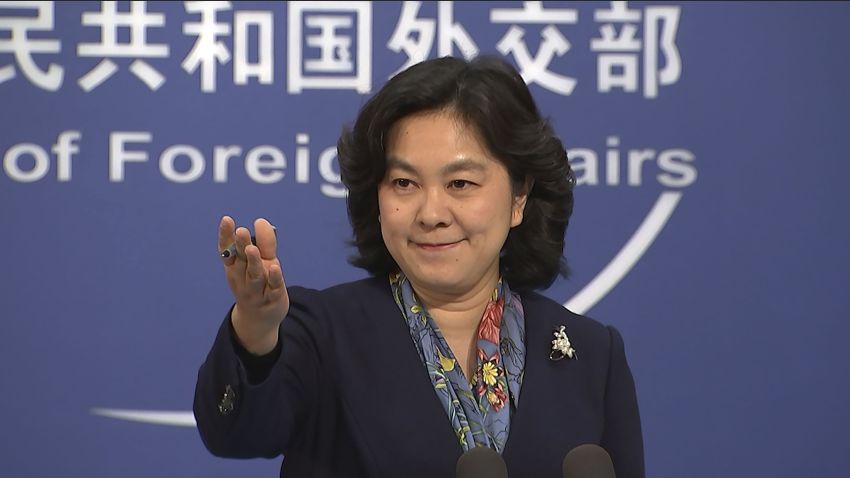In recent years, press secretaries in China’s Foreign Ministry have increasingly ventured beyond their podiums and into the world of social media, conducting rapid-response interventions on Western platforms like Twitter and YouTube. As Chinese domestic politics becomes more prominent as a fixture of international discourse, rapid-fire digital communication has become an integral part of public diplomacy. Even Chinese President Xi Jinping himself has placed greater emphasis on improving the quality of foreign-facing propaganda. As a result, Chinese diplomats are actively searching for more creative ways to tell “better China stories” in line with Communist Party guidelines.
In the wake of U.S. Speaker Nancy Pelosi’s visit to Taiwan, which incited new government white papers and military drills in the Taiwan Strait, the Chinese Foreign Ministry’s senior spokesperson, Hua Chunying, cooked up a knife-sliced, carb-laden argument in defense of Beijing’s position.
“Baidu Maps show that there are 38 Shandong dumpling restaurants and 67 Shanxi noodle restaurants in Taipei,” she wrote on Twitter, attaching screenshots from Baidu Maps, the Chinese mapping application. “Taiwan was always a part of China. The lost child will return home.” In response, former U.S. State Department spokeswoman Morgan Ortagus fired back with her own tweet referencing the restaurant chain Kentucky Fried Chicken: “There are over 8,500 KFCs in China. … China has always been a part of Kentucky.”

